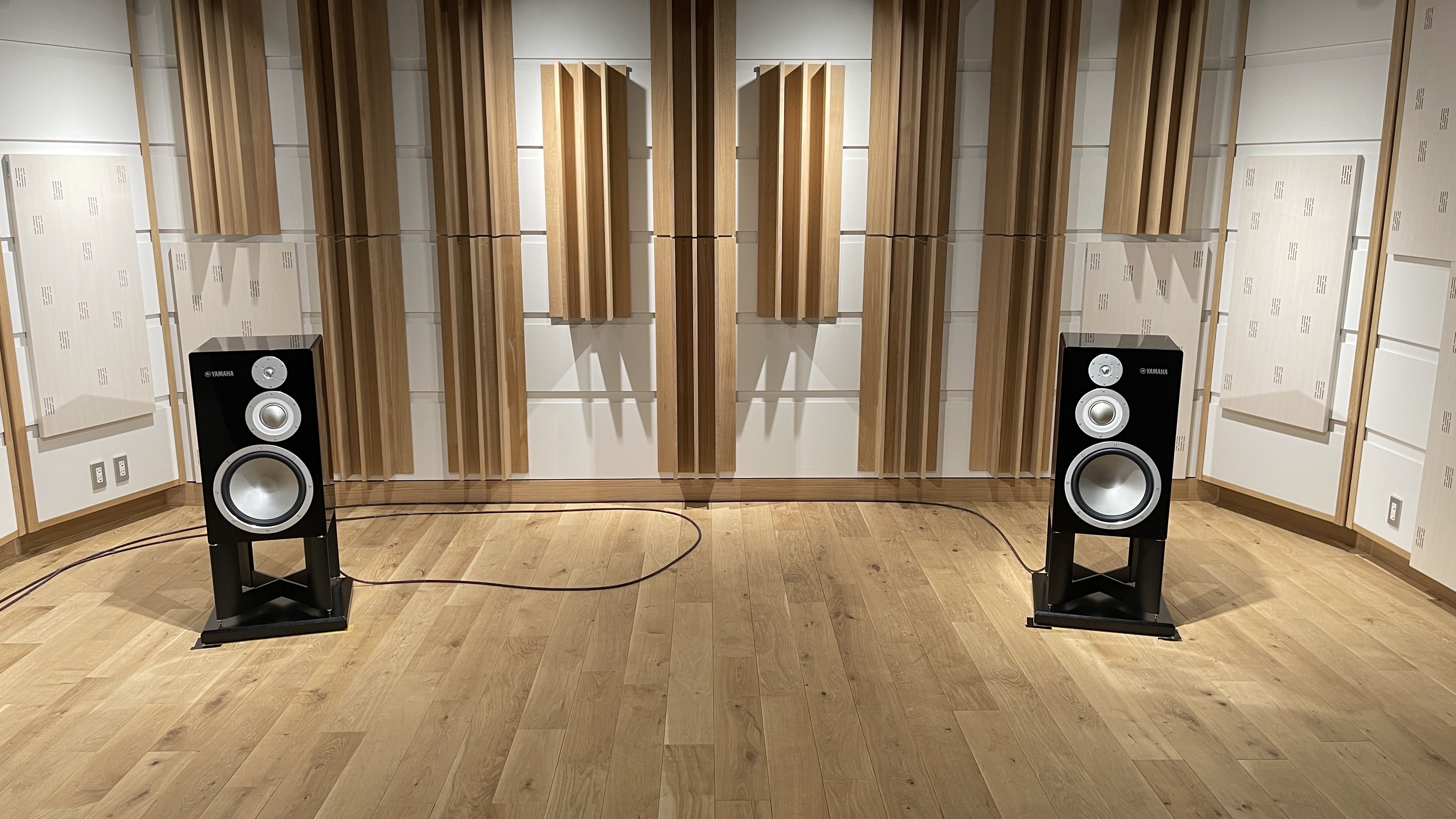There’s no such thing as a perfect TV and there never will be (but that’s ok)
Perfection will always be just out of reach – just as it should be
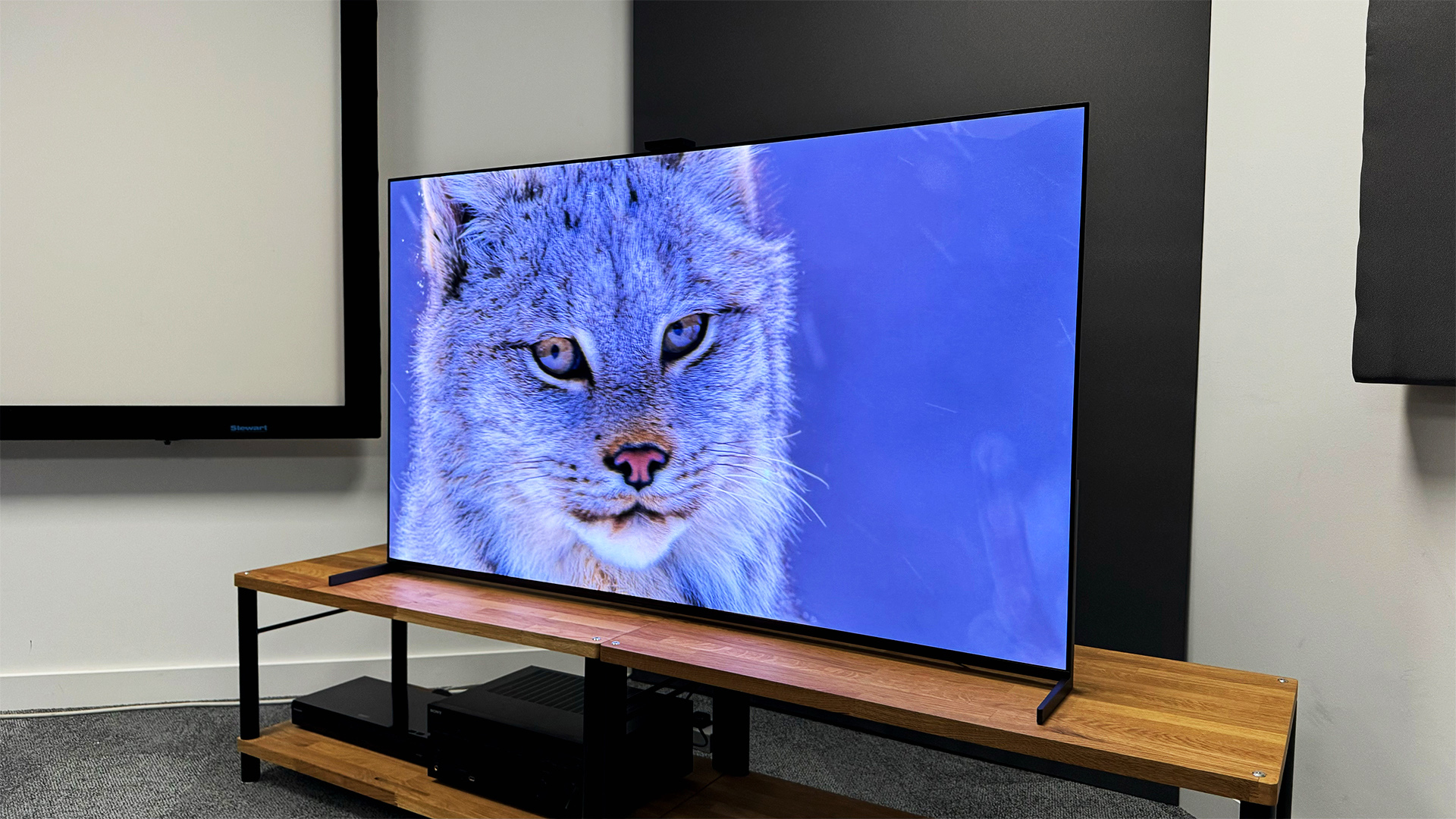
Twice, recently, I found myself pondering the perfect TV.
First, I reviewed the Sony A95L, which is probably the best TV I’ve ever tested – and I've been testing TVs for over 16 years. It combines so many of the best qualities of different TVs that it’s something of a Goldilocks set. Perfect, though? Definitely not. For starters, there are things that it could (and arguably should) do and have right now that it doesn’t.
Then, as part of our regular schedule of updating and improving our Best TVs buying guide, it was suggested that we outline what the perfect TV would look like, and that really got me thinking, first about what a perfect TV would look like right now, then what a perfect TV might look like in the future. Then I went a bit cross-eyed. Whichever way I (over)thought about it, though, I couldn’t escape the conclusion that there’s no such thing as a perfect TV and that there will never be one.
Perfect panel tech
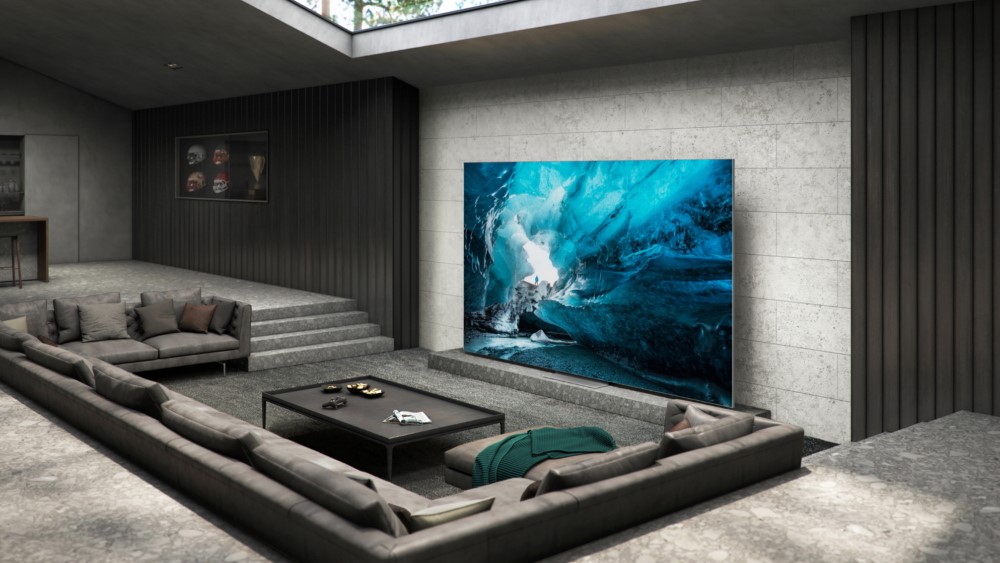
Let’s start by thinking about what the perfect TV right now would look like, seeing as that’s the more straightforward (on the surface, at least) conundrum. Would it be an OLED? That’s probably the best current mainstream panel technology, thanks to those perfect blacks and pixel-level contrast control, but there’s the thorny question of image retention (burn-in) to consider. It’s not a serious problem, especially now, but surely the ‘perfect’ TV wouldn’t have even a chance of such a thing.
Then there’s brightness: new MLA OLED and QD-OLED models go much brighter than standard OLED models and are more than bright enough for most situations and most content, but they can only get about halfway to delivering the full brightness of a movie such as Pan, which is mastered to a whopping 4000 nits. There are suggestions that movies mastered to this level are going to become more common in the coming years (check out my feature on Sony's new mastering monitor for more on that), so surely the perfect TV has to be able to go bright enough to match.
Backlit TVs can’t suffer from burn-in, of course, and the very best can deliver around 4000 nits, but they can’t do perfect black (at least not when there are any other picture elements on screen) and they don’t offer pixel-by-pixel contrast control. The only way a backlit TV could do that would be with 8,294,400 LEDs that could each dim independently. Considering the most advanced LED backlights currently top out at a few thousand LEDs, that’s a very long way off.
Besides, at that point you’re getting into Micro LED territory. Is that the perfect panel technology? It combines the pixel-level contrast control and perfect blacks of OLED with the longevity and (potentially, at least) brightness of a backlit TV, so it certainly looks like it, but it’s only available in huge sizes and at astronomical prices.
Get the What Hi-Fi? Newsletter
The latest hi-fi, home cinema and tech news, reviews, buying advice and deals, direct to your inbox.
The subjectivity problem
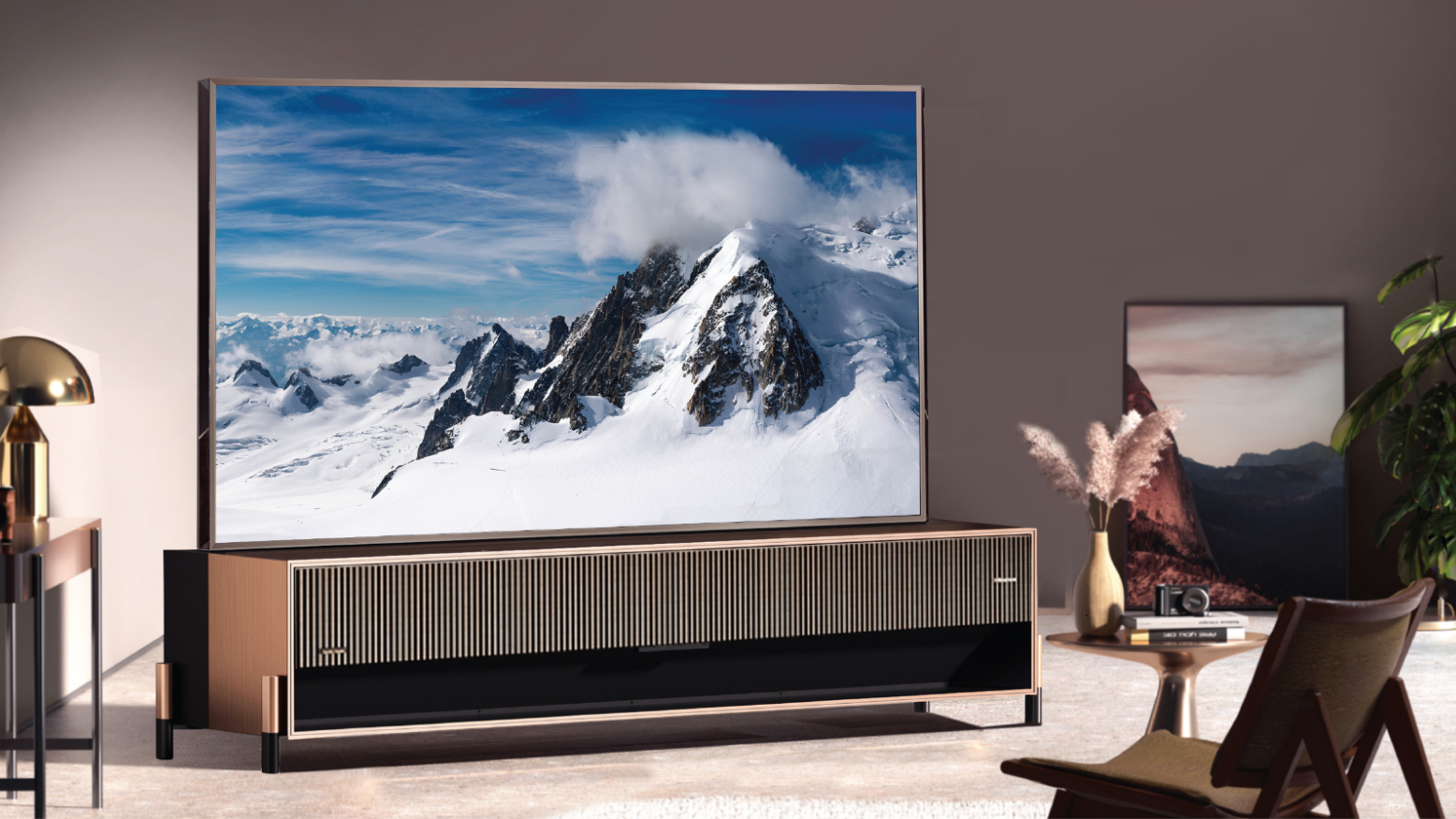
That brings me to the extra-thorny subjectivity element of this whole exercise. Is a 110-inch TV perfect? For some people, maybe, but certainly not for those who simply don’t have enough room. A 55-inch TV is perfect if you’re sitting quite close to it, but it can feel small and un-cinematic in a large room. I guess the ‘perfect’ TV would scale based on requirements, but an expandable screen doesn’t seem likely any time soon.
Related to sizes, what ratio would this perfect screen be? 16:9? 21:9? 4:3? IMAX? Each is best for different content, so I suppose this perfect TV will have to change shape based on what we’re watching.
And are we taking price into account here? Because the perfect TV would surely be free, right? Best to just ignore that element entirely...
Sonic perfection
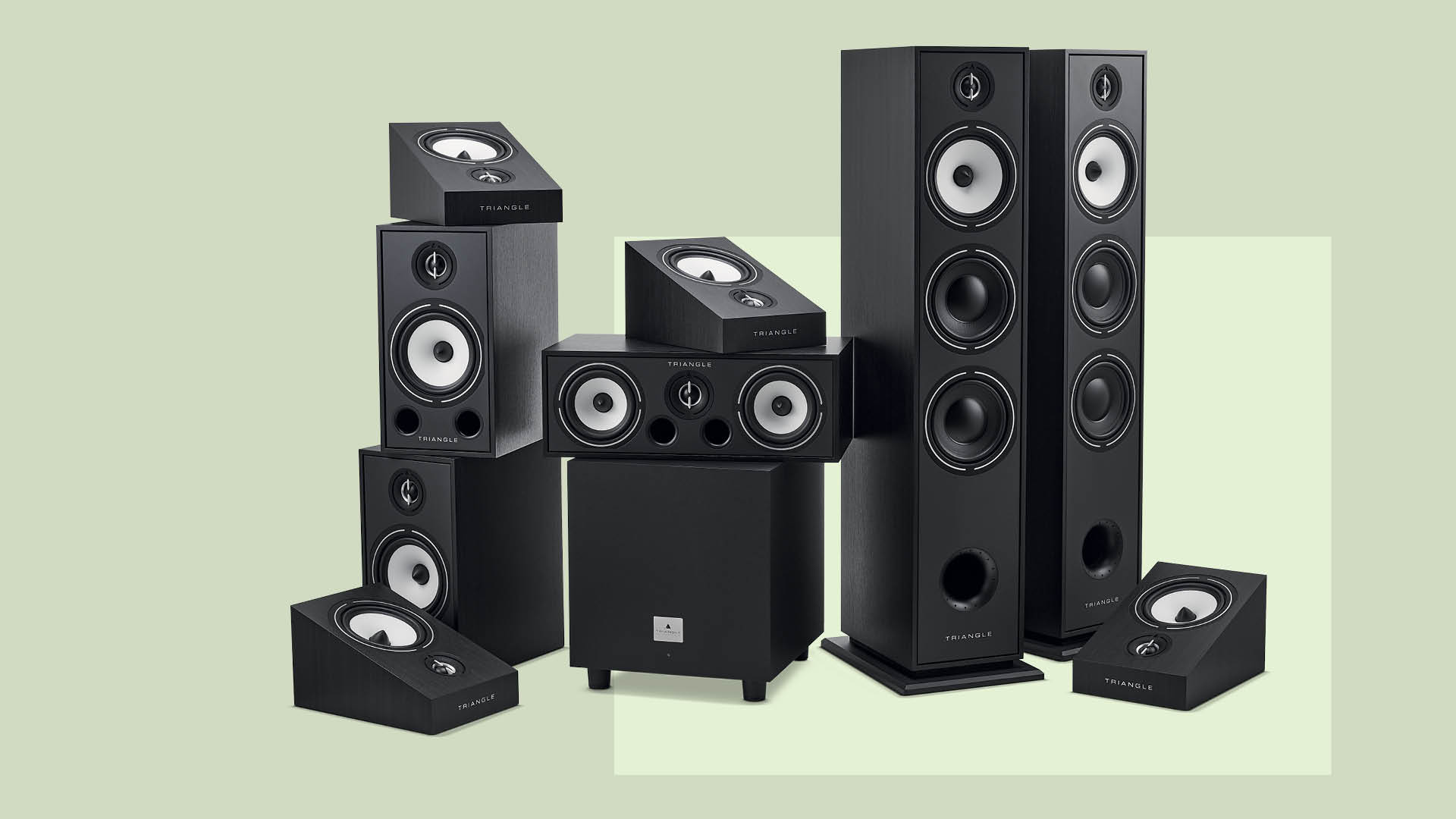
How about sound? Some will say that a TV’s own sound quality doesn’t matter at all because they’ve got a dedicated surround sound system, but surely the perfect TV would feature a sound system so good that you wouldn’t need a separate sound system. It would need to sound like a cinema, filling the room with 3D audio, but it would need to do so via a speaker system that’s essentially invisible. The best TV sound systems can’t currently match even a decent soundbar, so it’s hard to imagine one that will ever somehow manage to magically replicate the performance of a full Dolby Atmos speaker system.
Gaming is easy, right? We want four HDMI 2.1 sockets with support for 4K/120Hz, VRR and ALLM, yes? But why stop at four sockets? Wouldn’t more be better? And let’s increase the maximum refresh rate to 360Hz (or more!). And why not increase the resolution to at least 8K while we’re at it – you might not need that now, but you could in the future.
I think I’ve probably made my point: not only does the perfect TV not exist now, but it almost certainly never will. That’s good news as far as I’m concerned – and not just because it keeps me in a job. We each have different desires and requirements when it comes to our TV, and no one model will ever satisfy all of us.
Besides, wouldn’t it be terribly dull if all of the technological advancement in TVs suddenly stopped? I certainly think so, and if you’re reading this, I have a sneaking suspicion that you do, too.
MORE:
They might not be perfect, but these are the best TVs you can buy right now
And these are the best TV deals available
Tom Parsons has been writing about TV, AV and hi-fi products (not to mention plenty of other 'gadgets' and even cars) for over 15 years. He began his career as What Hi-Fi?'s Staff Writer and is now the TV and AV Editor. In between, he worked as Reviews Editor and then Deputy Editor at Stuff, and over the years has had his work featured in publications such as T3, The Telegraph and Louder. He's also appeared on BBC News, BBC World Service, BBC Radio 4 and Sky Swipe. In his spare time Tom is a runner and gamer.
-
ultraminiature In the early 1980s Philips had a modular television. A choice of screen size, a separate receiver and removeable speakers. An audiophile would not consider a music centre as hi-fi even with some being amazing high quality. Yet we have had our movie and programme viewing from an all in one box the television.Reply
The modern approach to the Philips modular TV is B&O Beosound Theatre and a B&O or LG panel. The Beosound Theatre has the smarts to understand and set current and older B&O speakers to an optimum level never possible before. You can upgrade the panel from 55, 65, 75 to 100 inches. you can add surround sound speakers, rear, side and front and a full sub woofer. With BBC iPlayer, ITV x and streaming services provided by dongles or receivers the need to tuning into live over the air broadcasts has gone.
I would like the advantages of OLED for the deep black and image quality particularly on the few 4K content I have seen. But I also use my screen with static frames (desktop PC, editing, etc) and burn in would be still an issue. So I have a 65" touch panel LCD display costing over three times a 65" TV would be without the touch screen interface.
I have choices. I can pick my compromises. Saddly they all come with a built in speaker. Different size panels, different surround sound speakers including building them into ceiling and walls to be "invisible" active WiSA speakers. Streaming on-demand via a desktop computer.

